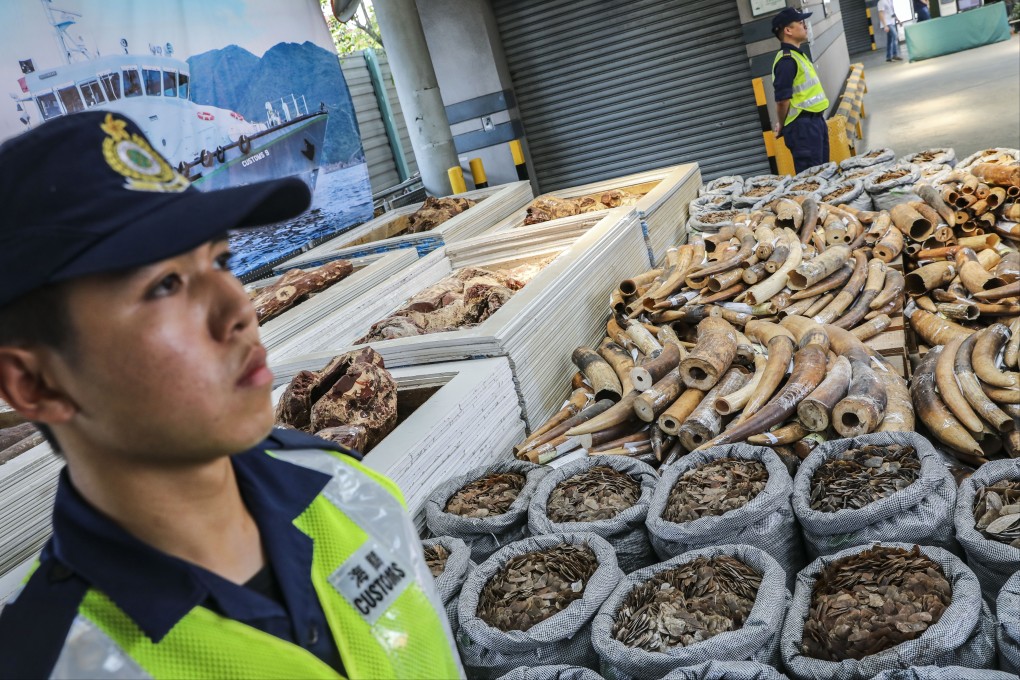How can illegal wildlife trade be curbed if we don’t know which animals are being bought and sold? Plug the data gap, researchers say
- Policing the world’s valuable wildlife trade is complicated by overly broad trade categories and a lack of data, University of Hong Kong researchers find
- A more detailed and refined coding system is needed to better protect against the unsustainable trade in threatened species, they add

At the entrance to Hong Kong’s bird market in Mong Kok, pigeons sit precariously on an archway while sparrows dart around below. Both species are easy to recognise, but most people would have difficulty identifying the caged birds for sale in the market. Yet Astrid Andersson, a researcher at the University of Hong Kong’s school of biological science, can easily name the species – and some raise red flags.
She says the time is ripe to press for tighter customs regulations now Covid-19 has put the relationship between zoonotic diseases – those transmitted from animals to humans – and the wildlife trade under the microscope. Wildlife markets provide a potentially fertile environment for viral mutation and infection of humans.
“The lack of vital species-level information makes it difficult to track and monitor species populations,” Andersson says, adding that the current customs code system was established from an economic perspective. “It was set up for statistics and tax purposes – for trading of commercial goods and not for protecting animals.”
While most of the bird trade in Hong Kong is above board, some illegal sales slip through the net, with vendors passing off wild-caught birds as captive-bred.
